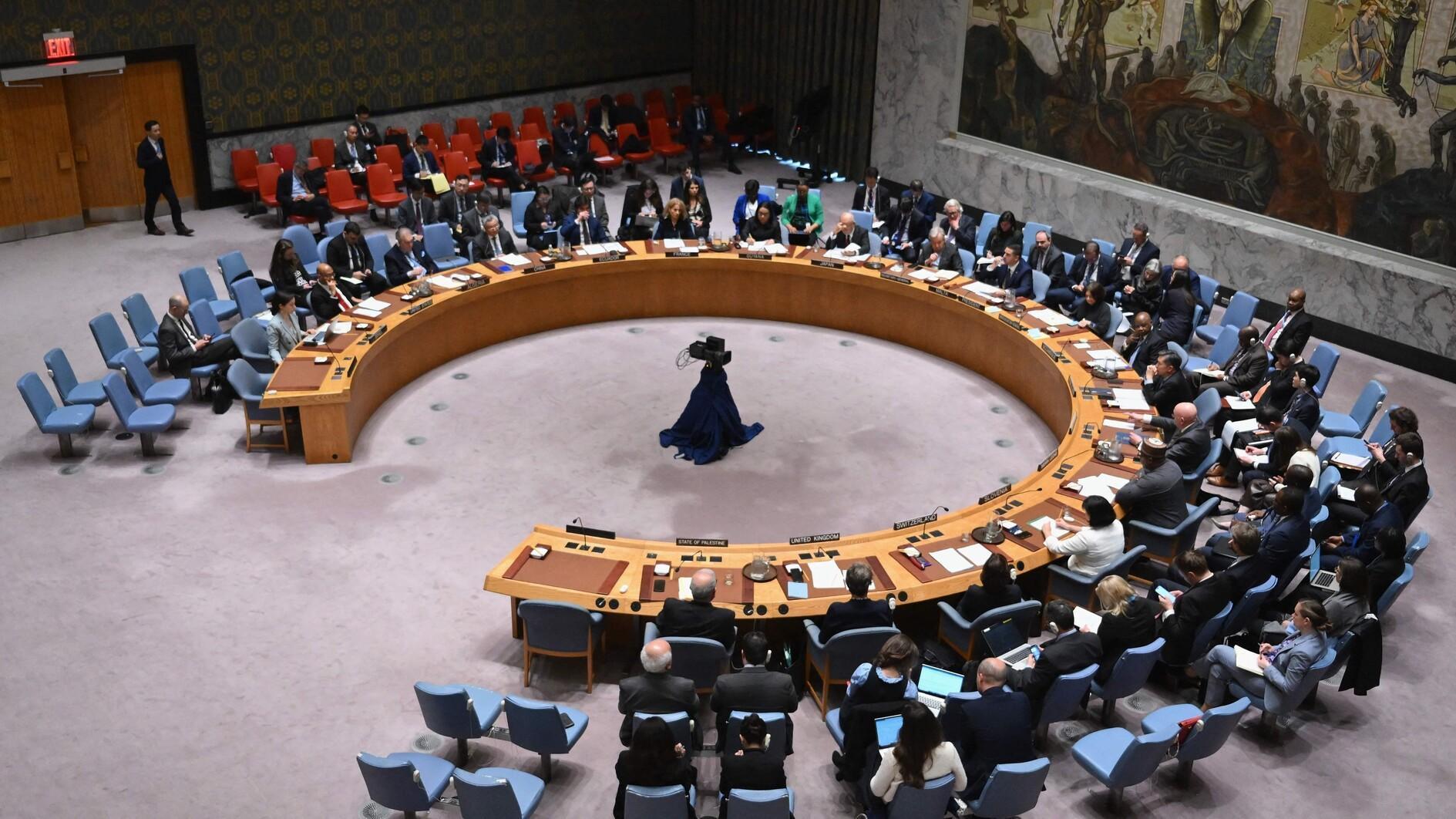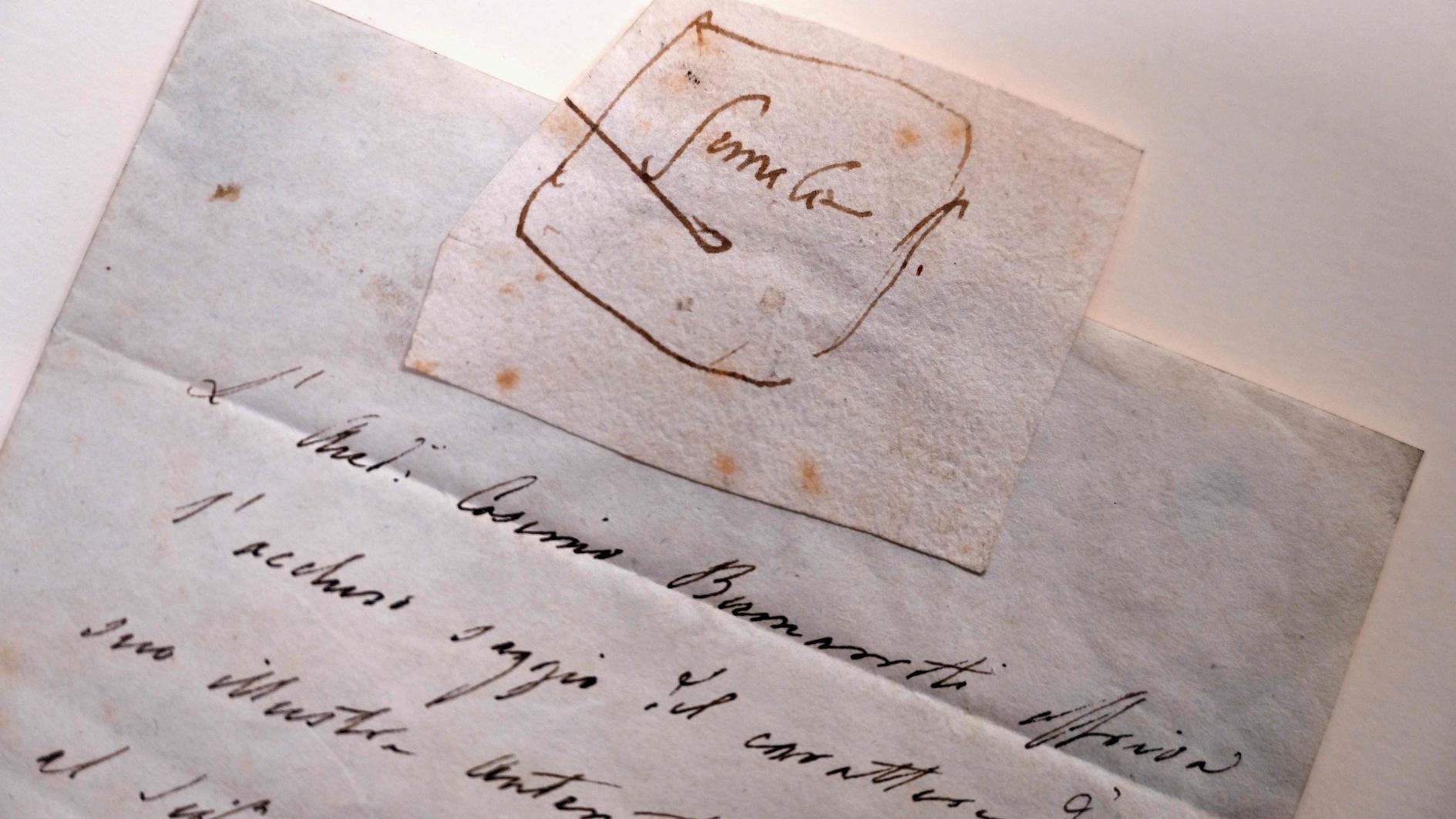The curse of the Karun Treasure
ÖZGEN ACAR
 The “fate” or “milestone” of our story is at 6 p.m. on the sixth day of the sixth month of 1966. According to some, the numbers 666 are perceived as the “number of Satan.” In Christianity, the number six also means bad luck because of some superstitions related to the day of Jesus Christ’s death.
The “fate” or “milestone” of our story is at 6 p.m. on the sixth day of the sixth month of 1966. According to some, the numbers 666 are perceived as the “number of Satan.” In Christianity, the number six also means bad luck because of some superstitions related to the day of Jesus Christ’s death. The event that I will narrate took place on the sixth day of the sixth month of 1966 at 6 p.m.
In the spring of 1965, Ahmet Bülbül from the village of Mıdıklı in the western province of Uşak, who had experience in “natural” and “artificial hills,” was working on the archaeological excavations in the capital of Lidya in Sardes Bintepeler.
“I often looked at Toptepe,” he told me. “I could observe where the earth collapses first by looking at the shade created by sun rays or the reflection of rays. The first collapse on the surface is the last spot where people leave the tumulus after burying a dead body. This spot is the beginning of the road to the burial chamber. I observed Toptepe from various angles at various points and found where I could enter the burial chamber. In the end we managed to reach the burial chamber easily.”
Bülbül, who entered the room first, felt faint and threw himself outside. After he was relieved in the open air, he reentered the chamber. “I almost choked to death,” he told me. The Mıdıklı locals sold the treasure to Şakir Ünver and he sold it to Ali Bayırlar from the western province of İzmir.
The rumor that the Mıdıklı locals found golden treasure was heard in nearby villages. Women in neighboring villages provoked their husbands, saying, “They found treasure. Each of them has a tractor; you still sleep, lazy men!”
The Güreli locals decided to dig at İkiztepe. Nine people dug into the tumulus for nine days. As they dug, they found stone blocks. When they still had not defeated the stone blockade on the 10th day, they asked for help from an iron worker, Osman Ünsal, who made a hole.
And the big moment came at 6 p.m. on the sixth day of the sixth month of 1996! They lowered Ünsal down into the hole with a rope. Ünsal explained the following:
“With the light of an electric torch, I saw a female body on a marble bedstead. The body suddenly went up in smoke like a cloud of dust, leaving a pinch of hair. I thought I was cursed and shivered! I failed to ask for help from above. I fainted…”
A heavy gas called radon was in the chamber room. The gas had preserved the body but when oxygen entered the chamber through the hole, the decayed body dissolved and went up in a cloud of dust. The reason why Ünsal fainted was not because of what he saw but because of inhaling this gas. The same happened to Bülbül, too.
When he regained consciousness, he attached the finds to a rope and sent them to the surface. He did not send a golden ring and did not add it to the list. At that moment, Satan caused the first fit among the diggers on 6 p.m. on the sixth day of the sixth month of 1966.
It was discussed who would keep the treasure and it was decided the owner of the land, Ersoy, would keep it. But Ersoy divided the treasure into three at night. He kept some part for himself, some for his son Kazım and the third part for his son-in-law, Ahmet. Probably Satan was there, too!
Upon a notice, the gendarmerie seized the pieces in Ersoy’s house and detained the men.
Ahmet sold the second part to the Bayırlar in İzmir via Ünver from Dinar and purchased a tractor with the money. One day, when he was plowing his field, the tractor reared up like a horse and he died under it (the curse of 1966.6.6.6 becomes concrete at this point).
His son Kazım had relations with a married woman. The woman’s husband caught them in the house one day. He took a knife from the kitchen and separated his head from his body (the curse of 1966.6.6.6…).
Ünver from Dinar was the regional representative of the smuggling! He bought the pieces dirt cheap. From various sources, sellers learned that Ünver marketed the pieces for a high price. A person called Ünver and said, “We have found a unique piece. Let’s meet at the graveyard out of Afyon.”
Ünver went to the graveyard on time. The people he met asked him why he deceived them. Hum and haw! Then some of them threw a handful of powdered red pepper into Ünver’s face. He went blind until the end of his life (the fate of 1966.6.6.6…).
Under the effect of the scenes he saw, Ünsal was rich in his sleep but in prison when he woke up. He lost his mind (the curse of 1966.6.6.6…).
Ersoy got cancer, became paralyzed, became speechless and died (the fate of 1966.6.6.6…).
Bayırlar became number one in İzmir. Those who found something in the Aegean and the Mediterranean went to his shop in the flea market. Bayırlar suffered from five different diseases. He was confined to bed when I went to İzmir to talk to him (the curse of 1966.6.6.6…).
The owner of an antique shop in New York, John J. Klejman, came to İzmir and bought pieces from Bayırlar and sold them to the Metropolitan Museum of Art (MET). Klejman’s fate ended in tragedy, too; he got Alzheimer’s disease. One day he left his house and did not come back. He did not remember who he was or what he did. Who knows where he is buried in America (the curse of 1966.6.6.6…).
The MET bought some pieces from Yorgo (George) Zakos, the number one in the Grand Bazaar. Zakos fled to Greece from Turkey, was stabbed by his rivals in a hotel room in Switzerland and spent the last days of his life blind (the curse of 1966.6.6.6…).
In July 1970 Sunday Times journalist Peter Hopkirk came to meet me. He said that a magnificent treasure smuggled from Turkey was gradually sold to the MET between 1966 and 1968 and offered to investigate the matter with me.
As a result of our investigation, Hopkirk ran an eight-column article headlined “Turks want the Karun Treasure in the U.S. Museum.” The treasure was smuggled from the Lydian region. Since everyone knows the phrase “rich like Karun,” the treasure was more attractive with this name. In the court process, it was named the “Lydian Treasure.” I copied from Hopkirk and wrote the “Karun Treasure.”
In October 1970 I could not find a clue at the MET when I was in New York.
In April 1981, on my second trip to New York, when I mentioned the issue to Prof. Iris Love, who excavated Knidos, she said, “I heard about the treasure but did not see it. But maybe I can provide a few photos from the treasure.”
The next day we met at the MET. She called one of his friends at the information desk. I waited for her to return at the entrance of the museum. When she returned, she gave me an envelope with five-six photos in it. Three of them were from the treasure. I couldn’t believe my eyes!
The photos were given by the deputy director of the photography department at the time, Caroline Kennedy, who was a photographer like her mother Jacqueline, the wife of slain U.S. President John F. Kennedy, and currently the ambassador in Tokyo.
On June 24, 1984, the museum was able to exhibit only 50-55 among 350 artworks. They should have waited patiently, thinking “Turks will forget.” Turkish officials have forgotten but I have not!
In November 1984, as soon as I arrived in New York, I went to the MET. Once talking about the artifacts, iron worker Ünsal defined them, saying, “Just like our hamam bowl, on the edge of two silver bowls are 18 bearded men the size of my thumb’s nail.” When I saw those two “hamam bowls” in the showcase, everything was done for me. I bought 10 catalogs of the exhibition.
The ministry and the General Directorate of Museums, where I sent the catalogs, did not stir a finger for two years!
In 1986, I revealed the issue in an article series in daily Milliyet. Then Culture Minister Mesut Yılmaz delivered the file to then Prime Minister Turgut Özal. It was very expensive to file a suit in the U.S. Özal asked, “How much will it cost?” and he said, “Do it immediately,” when I replied “$1 million.”
The treasure returned to Turkey, to the Museum of Anatolian Civilizations in Ankara. At a ceremony at the museum then President Süleyman Demirel said the following:
“I did not believe that the treasure would return. I got some bills and signed them just for the sake of conversation; it won’t be returned but let the process continue. Thanks those who brought it back.”
Harry Rand and Lawrence Kaye, two successful attorneys at the Herrick & Feinstein law company, won the case.
After many years, the “winged seahorse” was exchanged with a fake one. It was returned from Germany, where it was smuggled. This artifact, which was called “hippo campus” in ancient times, is also the biological name of the lower part of the human brain. According to scientists, Alzheimer’s disease stars at this point in the brain.
Wasn’t the fate of Klejmen, who sold the treasure to the MET, Alzheimer’s?
















